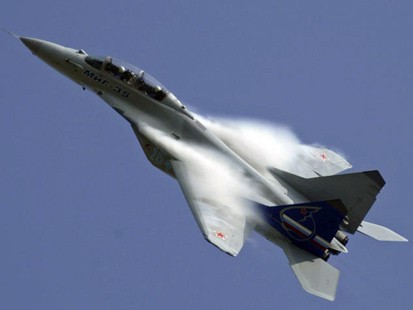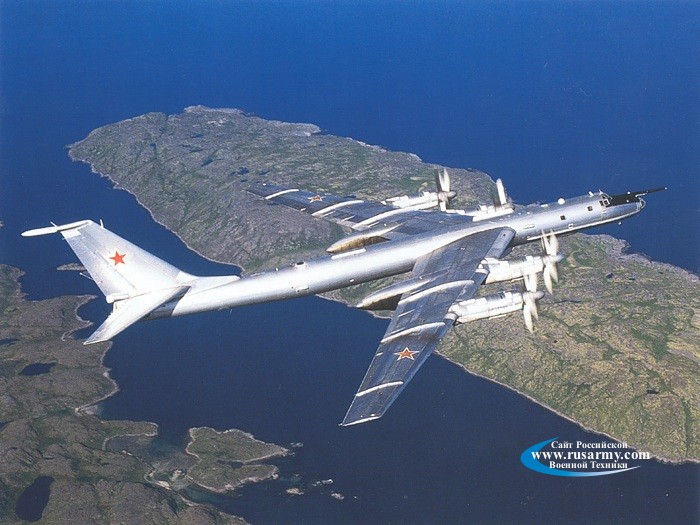Given the condition of most Indian roads, it would be foolish to even think about driving a million dollar car here. To add to it, most of us can't even dream about buying such uber-expensive cars in our lifetimes. However, there are certain luxury cars in the Indian market that we can hope to own later on in life.
While these might not be the absolute pinnacle of engineering perfection, they're certainly affordable luxury cars to aspire for!
Land Rover Range Rover Evoque
2.2L Pure
2179cc, Manual, Diesel, 10.0 - 14.0 kmpl
Rs. 44,75,000*

Jaguar XF (Rs. 48,37,000 /92851.64 $)
Nothing spells class better than showing up in this executive luxury car. While its top-of-the-line version costs about Rs. 75,00,000, the base model is considerably cheaper.
This car packs a 3.0 litre, AJ-V6 diesel motor that can power this car to a top speed of 248 kmh.
 3.2 quattro S tronic
3.2 quattro S tronic
3189cc, Automatic, Petrol, 7.8 - 9.5 kmpl
Rs. 46,00,000*
BMW 5 Series 530d (Rs. 48,50,000 /92858.64$)

Nothing says you've arrived like driving around in the lap of one of the best cars that German engineering has to offer. The 5 Series is the second best-selling BMW model after the ever-popular 3 Series.
Along with a host of standard features, the 5 series also comes with a 3.0L 180kW 6 cylinder in-line engine under its beautiful body.
Mercedes Benz New C Class
C 200 CGI Executive 1796cc, Automatic, Diesel, 7.0 - 11.3 kmpl Rs. 25,75,499*
C 220 CDI Executive
2148cc, Automatic, Diesel, 9.8 - 15.4 kmpl Rs. 26,53,000*
 C 200 CGI Elegance 1796cc, Manual, Diesel, 7.4 - 11.7 kmpl Rs. 28,30,000*
C 200 CGI Elegance 1796cc, Manual, Diesel, 7.4 - 11.7 kmpl Rs. 28,30,000*
C 200 CGI Avantgarde 1796cc, Automatic, Diesel, 7.0 - 11.3 kmpl Rs. 29,52,999*
C 250 CDI Elegance 2148cc, Automatic, Diesel, 9.8 - 15.4 kmpl Rs. 32,03,500*
C 250 CDI Avantgarde 2148cc, Automatic, Diesel, 9.8 - 15.4 kmpl Rs. 32,81,499*
C 63 AMG
 1796cc, Automatic, Petrol, 7.0 - 11.3 kmpl Rs. 69,90,000*
1796cc, Automatic, Petrol, 7.0 - 11.3 kmpl Rs. 69,90,000*











































